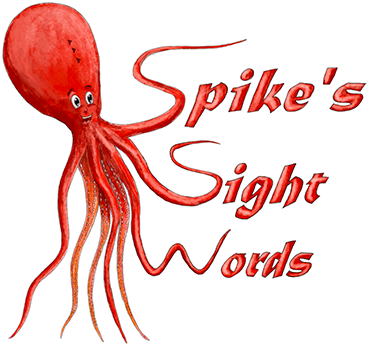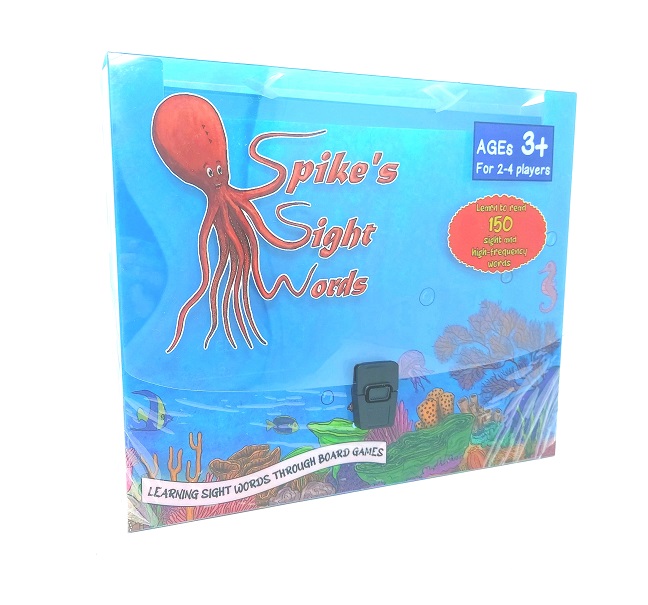What is autism?
About 1 in 68 children in the US and 1 in 100 in the UK suffer with autism, a developmental disability. Autism spectrum disorder (ASD) symptoms typically show up in the first two years of life and include:
Communication problems
Repetitive behaviours or obsessive interest in a small number of things
Having trouble making eye contact
Inability to comprehend the perspective or inner lives of others
Sensory processing sensitivity
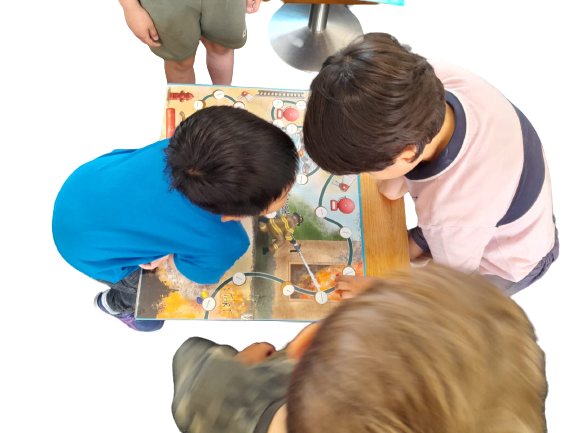
A neurodevelopmental disorder with an early onset, autism spectrum disorder is characterised by a degree of impairment in speech and social interaction. Restrictive and repetitive interests and habits are some additional traits.
This subsequently has an impact on learning to read because autistic children typically begin speaking with concrete nouns and things that are familiar to them. As we have already indicated, this is true for the majority of children, although it is frequently somewhat more evident in autistic children. It is much simpler for a youngster to make the mental connection between words and tangible experiences than it is for them to make the connection between abstract notions and sensory experiences, especially if the child is a visual learner or prefers to explore the world with their hands. Though it’s not something we’re all terrible at, talking about abstract ideas is frequently one area where autistic people struggle a little.
It can be challenging to verbalise our thoughts about something that’s completely abstract, especially if that’s not how we were originally thinking about it. Similar to trying to speak a foreign language, explaining more complex concepts can become very difficult very quickly unless you and your conversation partner already have a similar understanding base. It’s easy enough to talk about everyday topics and ask simple questions.
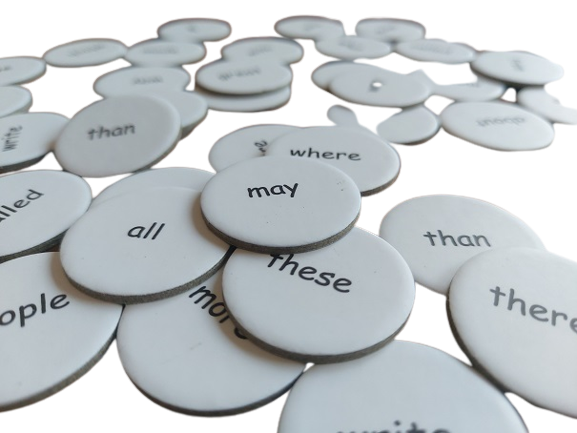
This may be the reason why some autistic kids find it difficult to understand reading—after all, it’s a really abstract concept! Words are sounds we make to refer to and represent other things, both actual items and experiences, and things that are very difficult to describe without using more words! Letters are an abstract means of describing and recording words! Since adding strange, squiggly shapes to the equation is a big step if you’re already having trouble with the stage where sounds represent objects, it can be much more difficult for autistic children to truly master this skill because they might not have the innate subroutines present to help ease the path for them.
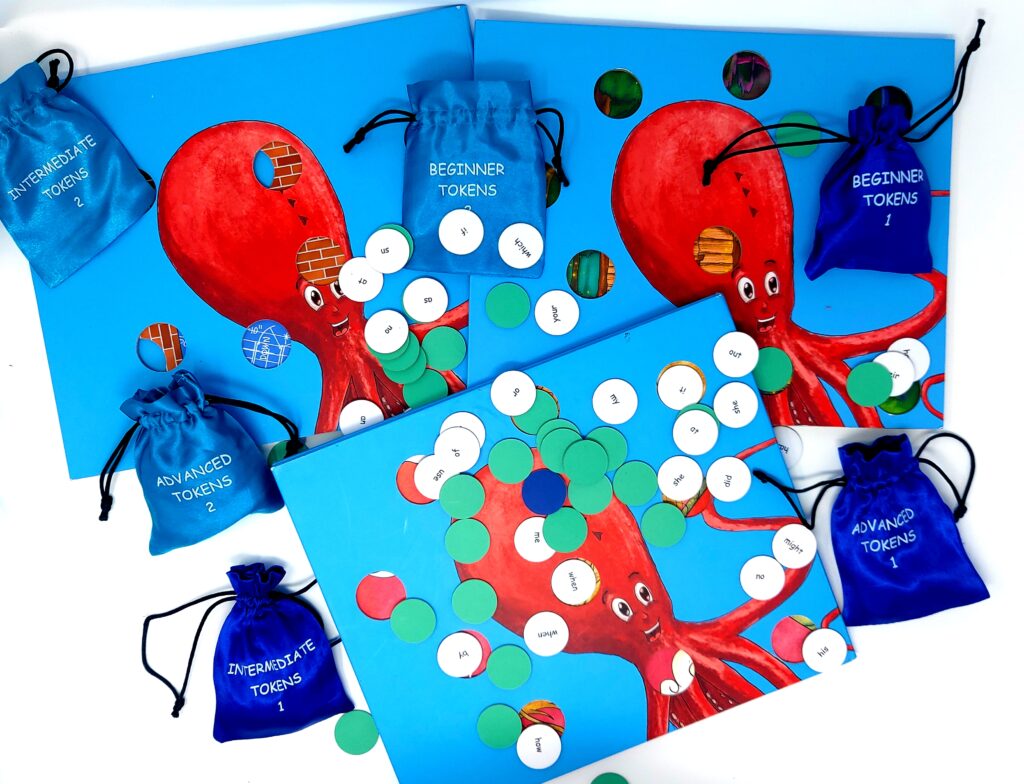
Supporting autistic students
Because autistic people can exhibit a wide range of symptoms, autism is known as a spectrum disorder. This is why, if one approach to improving understanding isn’t working, it’s critical to consider other solutions.Starting at a young age, read together.
READ EARLY
The earlier you begin reading to a kid with autism, the better, as these early reading experiences help children develop pre-literacy abilities such as a love of reading and an understanding of how books function.
CHOOSE INTERESTING SUBJECTS
Choose readings related to their preferred topic. Try giving your children materials that quench their curiosity about subjects that pique their intense interest in. Even if it involves reading multiple books, any experience in reading comprehension is beneficial.
LANGUAGE
Talk about figurative language. Since it’s not always easy to draw conclusions, parents and educators can assist by clarifying the meaning of abstract terms.
ENCOURAGE
Encourage reading by sight. A youngster can comprehend sentences more easily the more terms they are familiar with. By being familiar with sight words and high frequency keywords that they are likely to come across on a regular basis, beginning readers can minimize the amount of decoding that is required. These instructional board games are ideal for learning and using these terms.
HAVE A LOOK AT OUR EDUCATIONAL BOARD GAMES